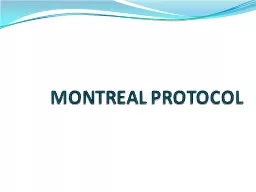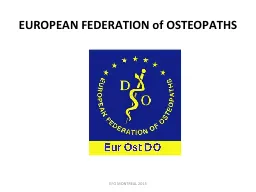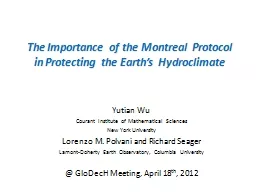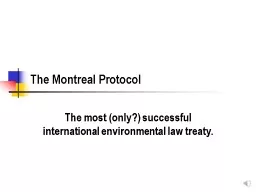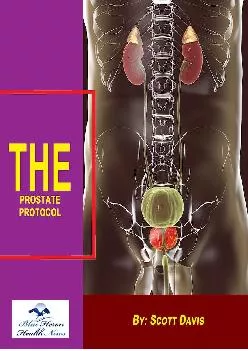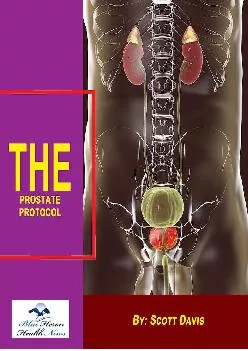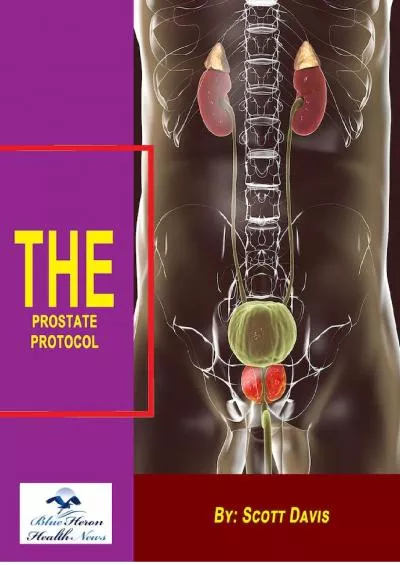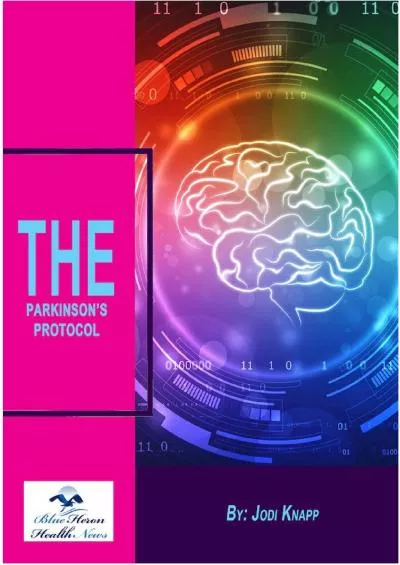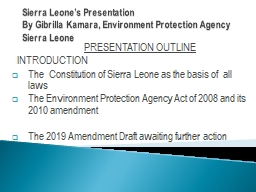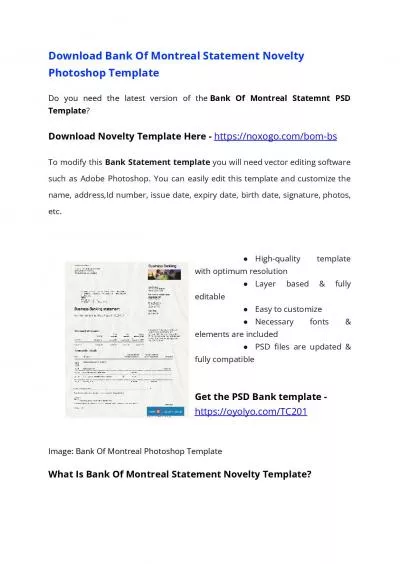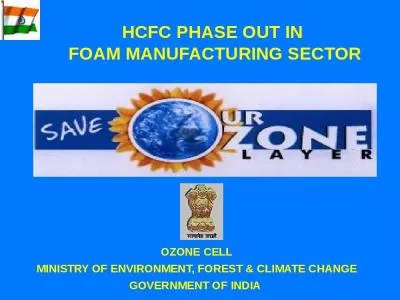PPT-MONTREAL PROTOCOL Introduction
Author : osullivan | Published Date : 2022-06-07
The ozone layer is destroyed by ozonedepleting substances ODS when those chemicals are released into the atmosphere and then react with the ozone molecules Elevated
Presentation Embed Code
Download Presentation
Download Presentation The PPT/PDF document "MONTREAL PROTOCOL Introduction" is the property of its rightful owner. Permission is granted to download and print the materials on this website for personal, non-commercial use only, and to display it on your personal computer provided you do not modify the materials and that you retain all copyright notices contained in the materials. By downloading content from our website, you accept the terms of this agreement.
MONTREAL PROTOCOL Introduction: Transcript
Download Rules Of Document
"MONTREAL PROTOCOL Introduction"The content belongs to its owner. You may download and print it for personal use, without modification, and keep all copyright notices. By downloading, you agree to these terms.
Related Documents

